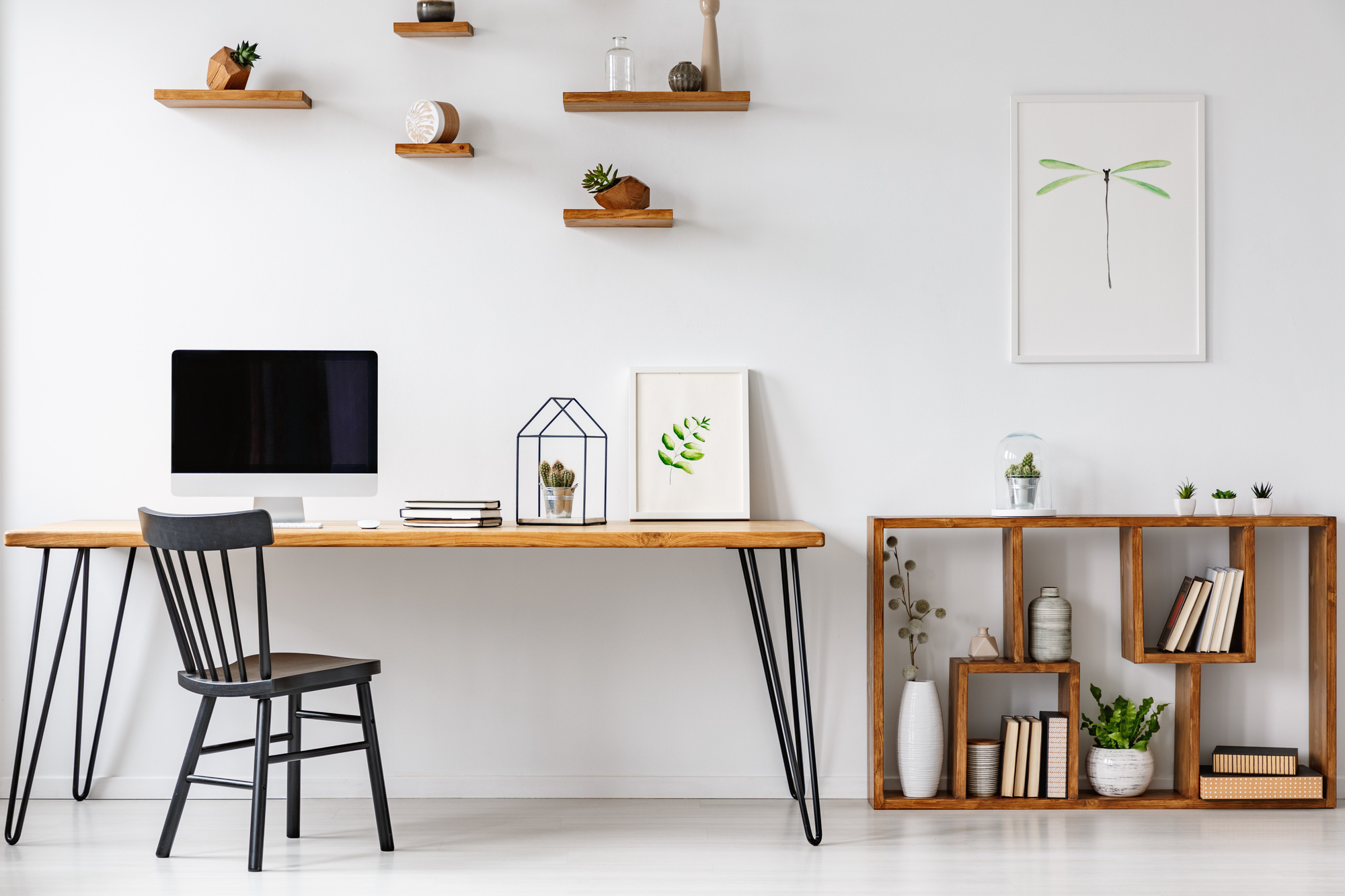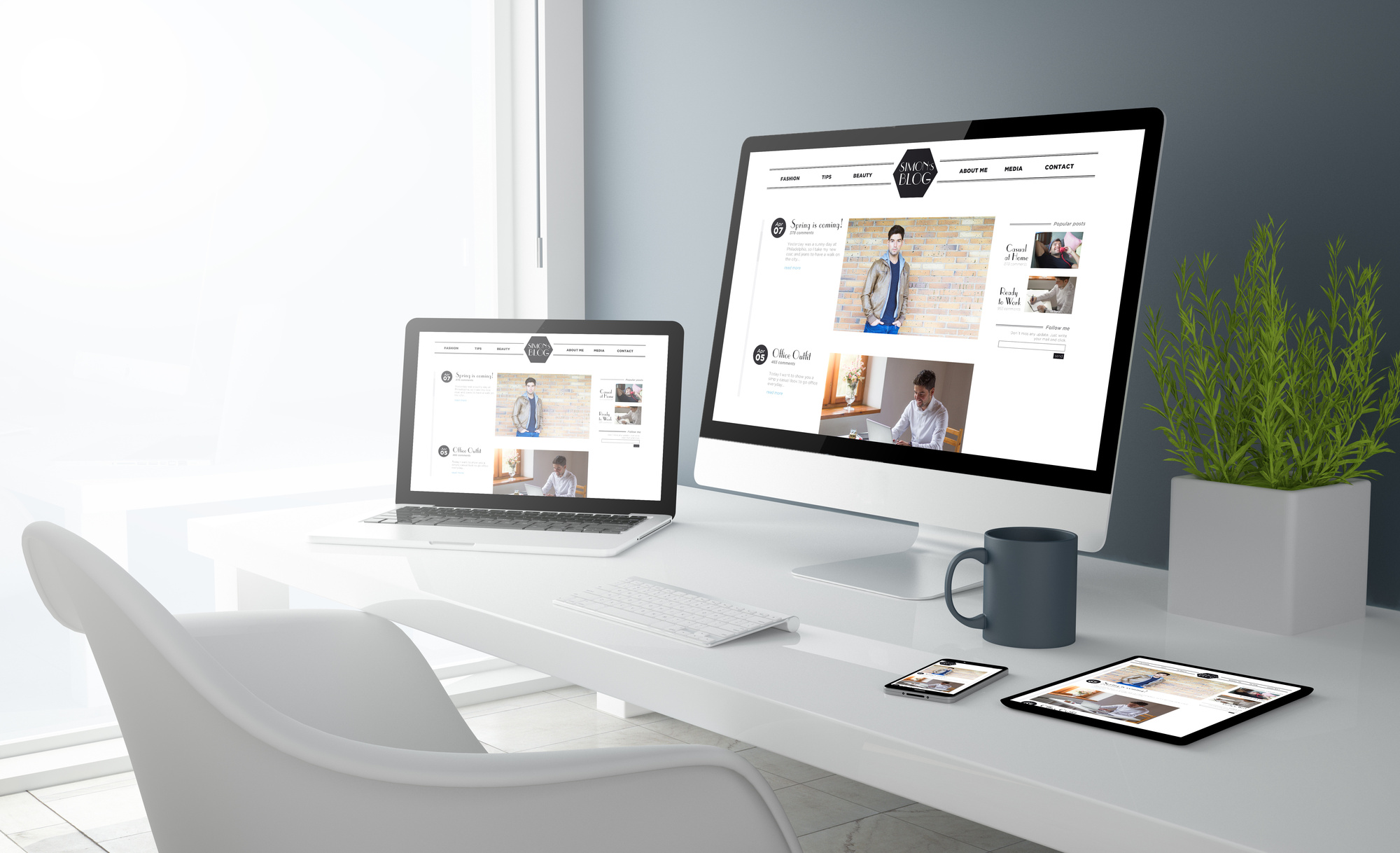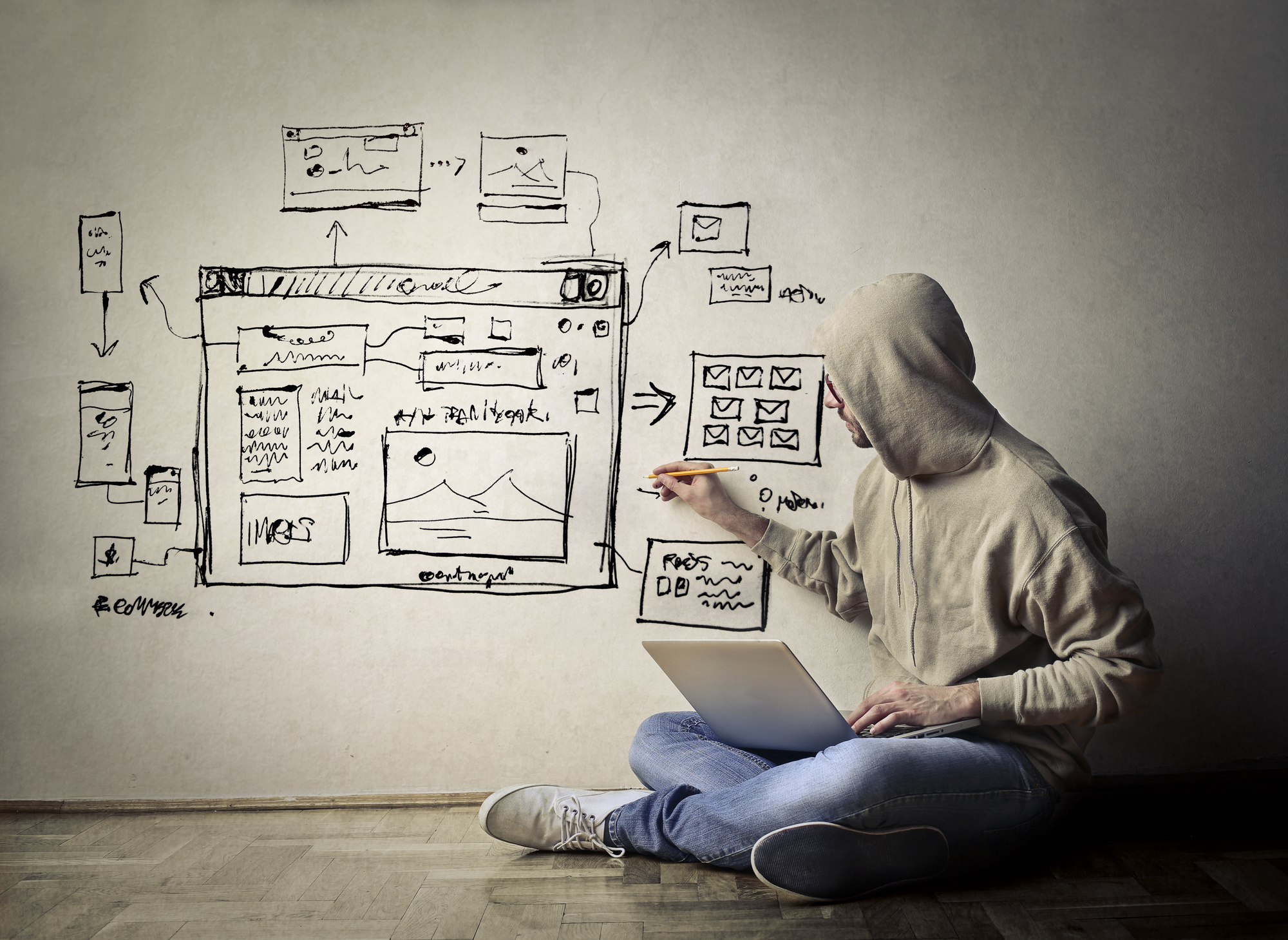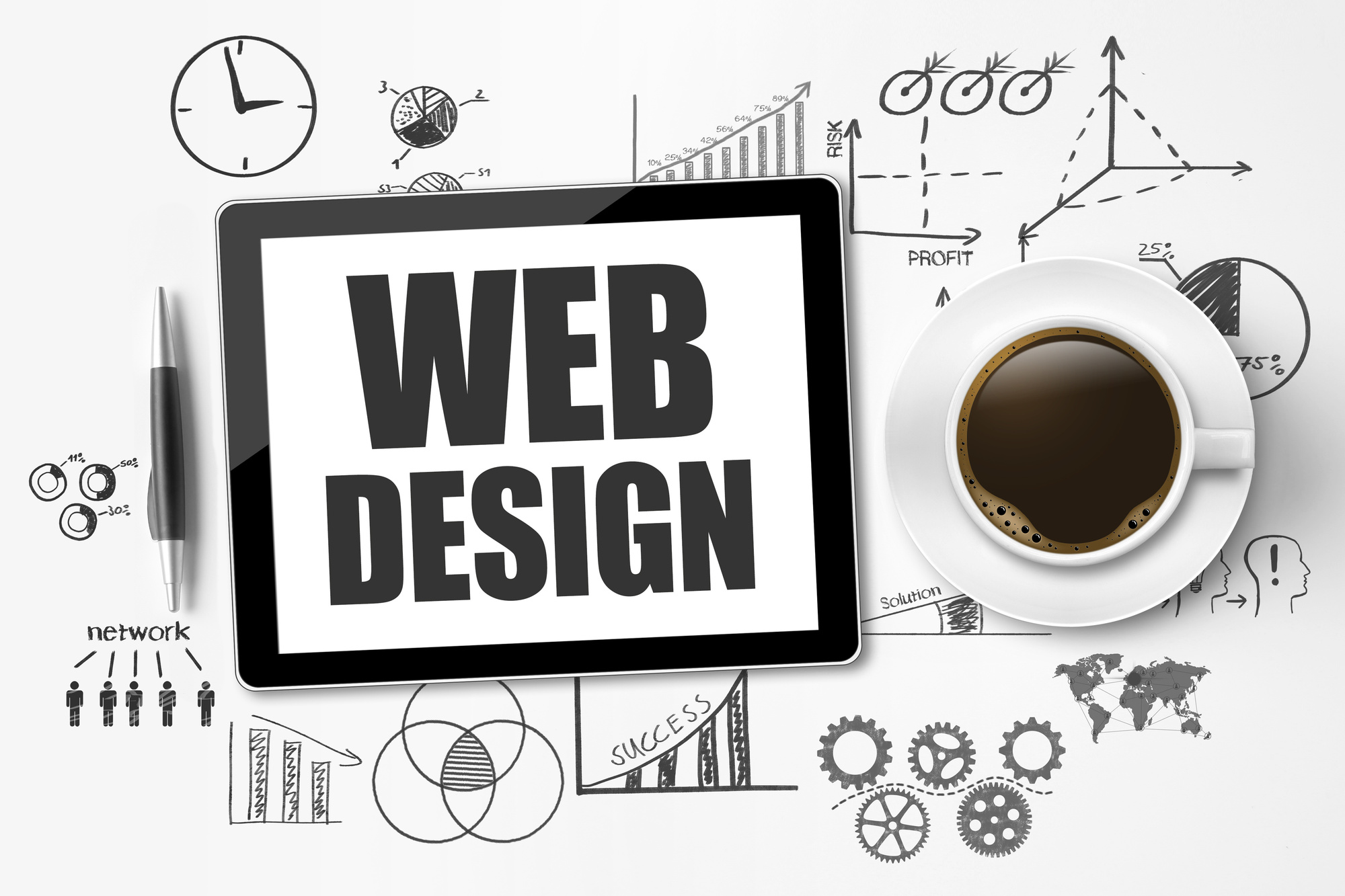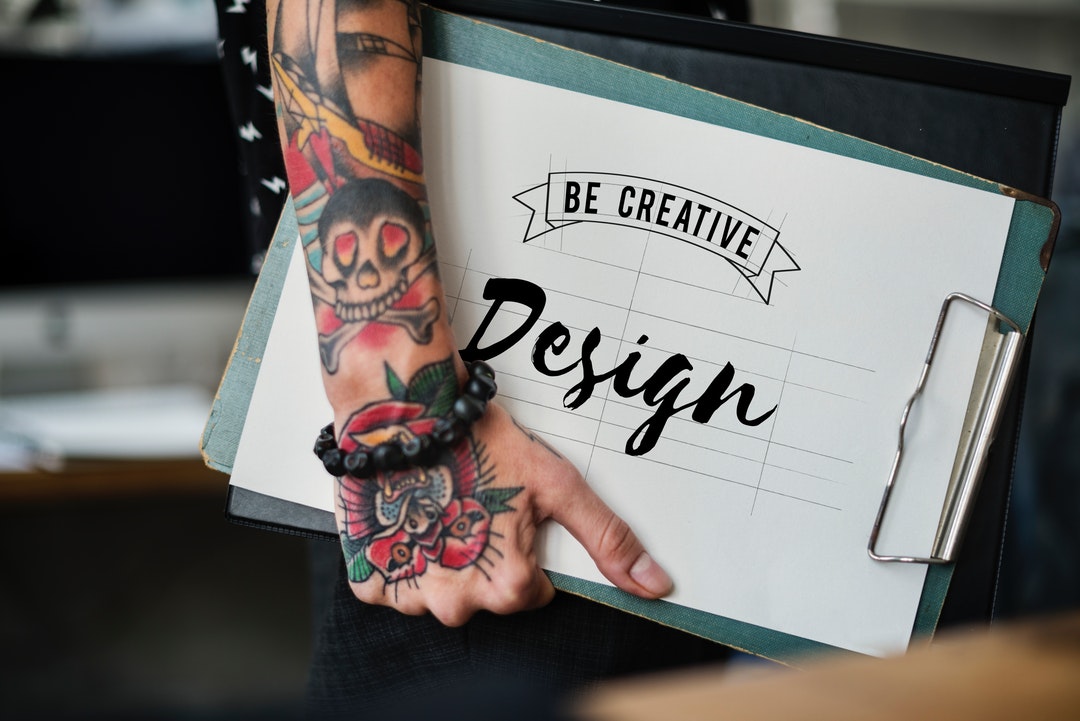Design thinking is taking the business world by storm.
Originally conceived of by the minds of the Stanford d.school, design thinking started as a way to conceive of design for social change. Now, it’s made its way out of Silicon Valley and into everyday classrooms, boardrooms, and meeting spaces.
But just what is design thinking? How is it different from just general design? There’s a lot about this process that can be confusing to people, especially if they’ve never heard of design thinking in business.
In 2019, it’s going to be more important than ever for businesses to understand design thinking and what they can create with it.
Read on to learn more about design thinking and why it’s going to be crucial for business this year.
What Is Design Thinking in Business?
First, let’s answer an important question–just what is design thinking, anyway?
There are a lot of different definitions out there, but the simplest way to say it is that it’s a solutions-based approach to problem-solving. Design thinking asks you to set aside your assumptions and brainstorm lots of different ways to approach and solve a problem.
There are five stages of design thinking:
- Empathize–instead of thinking about what you would want in a certain situation, ask what needs other people might have. Engage and empathize with people.
- Define–define the problem so that you understand what you’re trying to solve.
- Ideate–generate lots of different ideas and potential solutions. There are no bad ideas!
- Prototype–create a basic version of some of your best ideas and test them out. Do they work? How do people respond to them?
- Test–once you’ve identified your best prototype, create the finished product and test it out.
Testing is technically the “last” stage of design thinking, but more often than not, you’ll end up thinking of something new and starting the process all over again. In design thinking, that’s a good thing!
Even if you don’t remember the five stages, the most important thing to know is that design thinking is human-centric. It asks you to consider what your audience needs and wants so that you can deliver a product they’ll be happy with. Many people even use design thinking for social change.
Now that we’ve covered the basics of design thinking, let’s take a look at some of its most inspiring features.
1. Happy, Engaged Employees
Design thinking isn’t just useful–it’s fun.
It encourages people to be creative, speak their minds, and try out new things. All ideas are welcomed and nothing is immediately shot down as impossible or impractical.
This new way to approach design helps create an environment where employees are fully engaged in the process. There’s no hierarchy in design thinking–everyone has something that they can bring to the table.
Design team members feel valued and like they have something to contribute. It’s a positive environment to be in.
2. Thinking Outside of the Box
How many times have you heard the sentence, “Well, that’s the way we’ve always done it”?
It’s so common for businesses to stop trying to create and innovate and just go with the tried and true method. Here’s the thing–that’s not always the best way forward.
In the ideate stage of design thinking, everyone is encouraged to think outside of the box. Putting forward an idea that might seem completely unrelated at first might actually become the solution no one could see before.
It’s during this stage that teams often have their ‘aha!’ moment.
3. Endless Opportunity for Innovation
Think of all the things that we never could have imagined fifteen years ago. Back in 2004, when everyone was still carrying around CD players, the idea of having hundreds of songs at our fingertips was crazy.
Now, people have thousands of songs on their phones, which can also function as video cameras, e-readers, a television…the list goes on and on.
None of this seemed possible in 2004. We didn’t even think about having music on our phones, let alone everything else. Someone had to dream up a crazy idea.
Creating things we didn’t know we needed is one of the pillars of design thinking. It encourages people to think about what’s possible instead of just adding basic improvements to what we already have.
This offers endless opportunity for innovation in any field, from teaching to engineering.
4. Better Products
In the traditional design process, a team comes together, creates ideas they think will work well, prototype the idea, and then get user feedback.
However, what if the original idea they had wasn’t the best one? Too often, teams realize that they’ve missed the mark after they’ve already put a ton of work into one product.
This is because they put user feedback at the end of the process.
Design thinking incorporates user feedback from the very beginning. By asking team members to empathize with who they’re designing for, they’re encouraged to go out and gather feedback before even beginning the brainstorming stage.
A simple change leads to better products and faster turnaround time.
This is similar to the mindset change needed when you move from a marketing perspective to a design perspective–this post by Glenmont Consulting explains it perfectly.
5. A Competitive Advantage
Finally, the businesses that use design thinking are going to have an advantage over their competitors in most of the things they tackle.
The time to market will be faster. The products they design will be closer to what the market is looking for. Their team members will be more engaged. And–as a bonus–they’ll save money on the entire design process.
Design thinking gives you an advantage in almost every arena possible.
A New Way to Think
Innovative design should be on every business leader’s mind in 2019. Design thinking in business isn’t just a new trend–it’s a complete overhaul of the way we work.
By incorporating design thinking into your business now, you won’t just be getting one step ahead of your competitors. You’ll also be creating a workplace that encourages new ideas, keeps employees happy, and is known for its innovation.
As you improve the design process of your workplace, you’ll need the graphic design to match. Get in touch with us to find out how we can create a website that reflects your new innovations.

